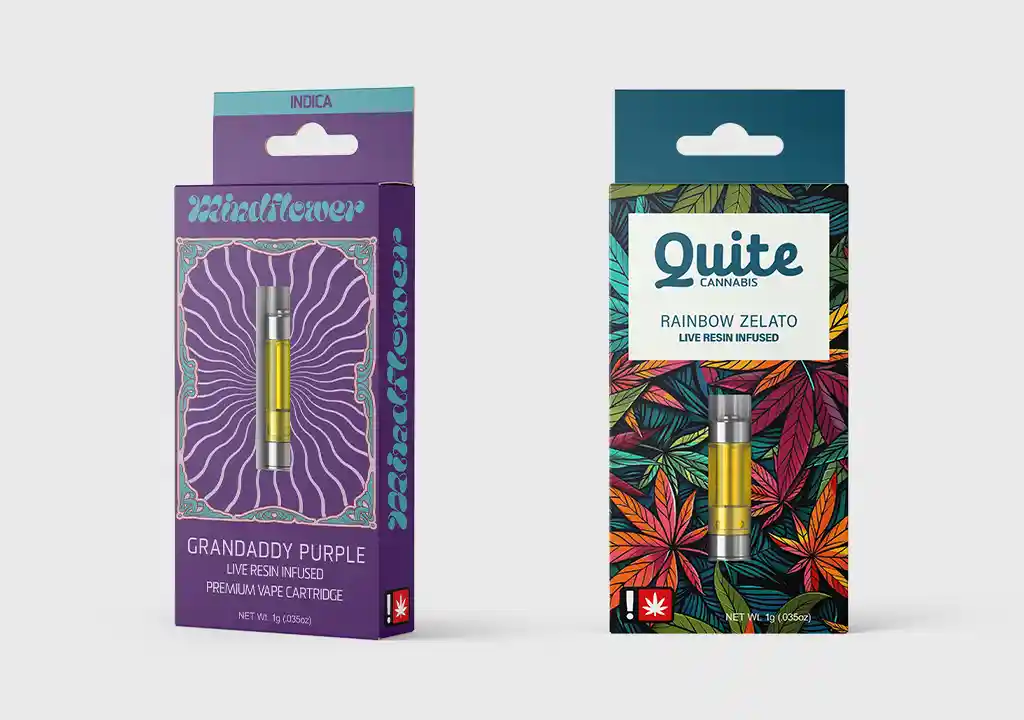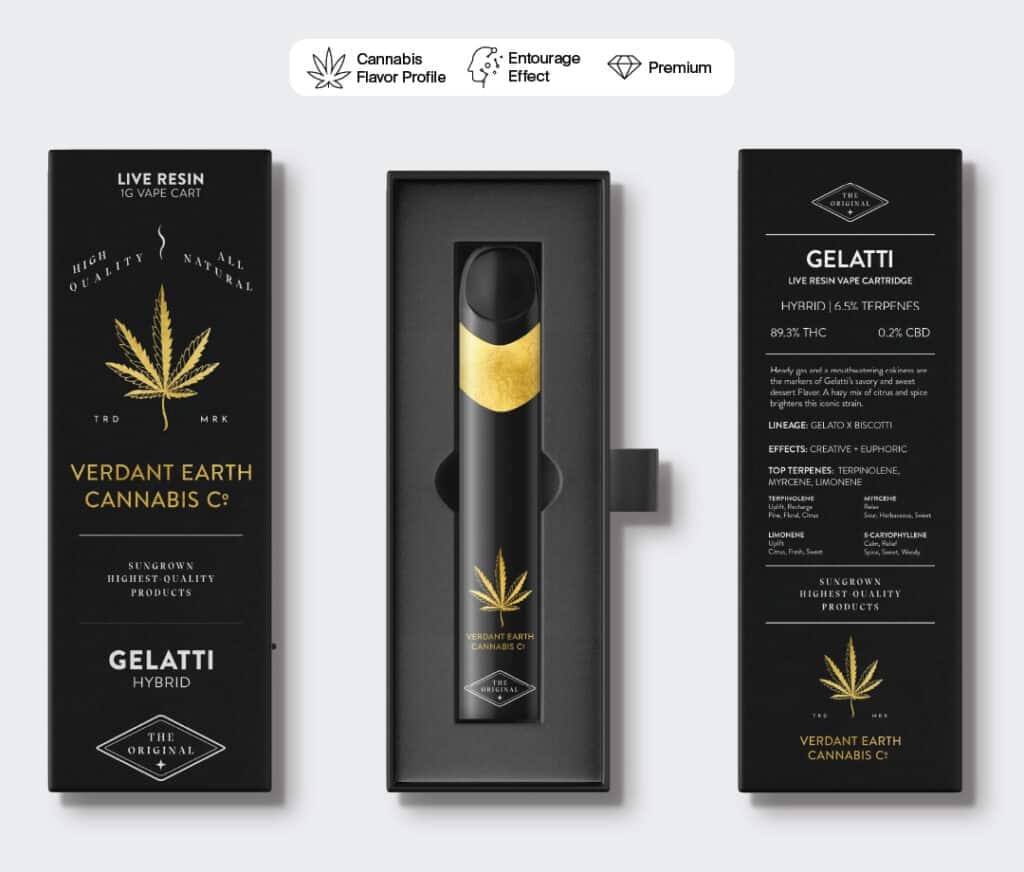June 18, 2019
True Terpenes Response to FDA questions

Our CSO recently presented to the FDA and after they requested more information regarding the general safety of Hemp and it’s essential oils. Happy to provide more info, this is the document we sent over.
True Terpenes would like to take this opportunity to introduce some regulatory guidance we believe would be beneficial to hemp farmers, processors, food and beverage manufacturers, consumers and the country as a whole.
Currently hemp terpenes are not allowed for human consumption unless they are derived from the seed or stalk as no other cannabis-derived components have been approved by the FDA . This is why the TTB recently issued a ruling saying that only the stalk and seed may be used in alcoholic products and that CBD or terpenes from hemp would not be approved by the agency.1
True Terpenes urges the FDA to fast track approvals for hemp-derived terpenes and other non-cannabinoid hemp products.
Terpenes are already considered GRAS and food safe when found in hops, or clove or rosemary. A GRAS panel found them safe regardless of source in fact.2 It’s surreal to think that when they’re sourced from the cannabis plant that they may gain some sort of risk. However, it’s more so their proximity to cannabinoids. Luckily, there are extraction methods such as steam distillation which are capable of extracting terpenes while leaving the heavier cannabinoids behind.3
Studies have repeatedly demonstrated the ability of steam to extract hemp terpenes as essential oils. Because of its low volatility and water insolubility, THC concentrations in essential oils are low. Therefore, the use of this steam distilled oil for drug purposes is not expected.
One study found that female hemp flowers (the plant part with highest cannabinoid concentration) containing .19% THC and 1.37% CBD were turned into an essential oil via steam distillation that was .02% THC and .25% CBD. Female flowers from a drug cultivar with 1.28% THC and .61% CBD were turned into an essential oil that contained .08% THC and .04% CBD.4 The studies find that terpenes account for 99.7% or greater of the essential oil.
| THC | CBD | ||
| Hemp Cultivar | Inflorescences | .19 | 1.37 |
| Essential Oil | .02 | .25 | |
| Drug Cultivar | Inflorescences | 1.28 | .61 |
| Essential Oil | .08 | .04 |
Expanding on this topic a study on the assessment of risk from THC and cannabinoids in hemp foods found that due to hemp essential oils and terpenes being such strong flavoring agents that when used in sodas the THC levels are approximately 5 ug/kg and in beers they are 3 ug/kg.5
The low levels of essential oils actually used to create a flavor or aroma effect in a food product, counter any potential danger from the high concentrations of terpenes in the essential oil. The essential oil of hemp has a similar concentration of terpenes to other essential oils such as lavender, rosemary or hops just with variations in the constituents. The levels of terpenes in final food and beverage falls within the scope of the findings on safety from the GRAS study on terpenes as a class of compounds and similar studies on terpenes. FEMA has cataloged most of this and I believe the FDA has access to this data. Further several terpenes are found in plants and flavoring extracts that have been approved as food additives. Terpenes themselves are again even allowed in food packaging. These are safe compounds with a long history of use.
Safety First
True Terpenes also recognizes the importance of proving the safety of a new product and the manufacturing methods behind them. As such we wanted to touch on our own True Grade standards. True Grade is the industry standard for products that exceeds the FDA food grade designation. In addition to all FDA standards, True Terpenes tests our products to the California, Colorado, Oregon and Washington inhalation limits for contaminants like solvents, pesticides and heavy metals.
We have included an example of a COA for our True Grade certification. We hope the FDA and state health agencies will look to ours and other standards such as ISO certification for facilities that work in this field.
Manufacturing and Analytical Issues
The 2018 Farm Bill defines hemp as: the plant Cannabis sativa L. and any part of that plant, including the seeds thereof and all derivatives, extracts, cannabinoids, isomers, acids, salts, and salts of isomers, whether growing or not, with a delta- 9 tetrahydrocannabinol concentration of not more than 0.3 per-cent on a dry weight basis.
Additionally these words appear twice in the farm bill: a procedure for testing, using post- decarboxylation or other similarly reliable methods, delta-9 tetrahydrocannabinol concentration levels of hemp produced…
The reason for this language is that while the law says delta-9 tetrahydrocannabinol or THC, the plant doesn’t actually make THC, but THCA or THC-acid. Heat, UV and oxidation cause THCA to convert or decarboxylate (lose carbon) to become THC in the plant at low levels. It’s primarily when smoked, cooked or processed that THCA is decarboxylates into THC.
The aforementioned language in the 2018 Farm Bill indicates the intention to require testing for what is known as Total THC. Total THC = THC + 0.877 * THCA because THCA loses carbon and thus weighs 87.7% as much as it previously did when it becomes THC.
This will however create some very large difficulties for farmers and product manufacturers.
When you start with a hemp plant matter that tests at .2% Total THC, the moment you grind that material to begin extraction it can jump to .4% according to a recent study.6 That would then exceed the .3% THC level indicated by the Farm Bill and be considered an illegal cannabis product and not hemp. However, it only gets worse. Extraction of that .2% Total THC flower will then concentrate the THC levels to well over 1% which would also be considered an illegal cannabis product and not hemp.
Companies are creating extracts that exceed the THC limit and then remediating the THC by distillation/fractionation or using additives to reduce the THC concentration by volume. However, the moment these extracts are produced, prior to this distillation or addition they are technically possessing and creating items that are NOT legally hemp under the Farm Bill because they exceed .3% THC.
This is why we believe congress and the FDA should increase the Total THC allowance for cultivation, processing and manufacturing materials to 2% or higher, while still maintaining that any finished product must remain below .3% Total THC threshold. Additionally there should be language to allow for remediation of THC from a hemp extract. Further verbiage protecting licensed hemp cultivators and processors from laws against THC possession and allowances for disposal or donation to research institutes should also be passed.
True Terpenes hopes to create a positive change through bridging the gap between the consumer, manufacturer and FDA to create a safe and lucrative hemp market.
- https://ttb.gov/industry_circulars/archives/19-1.shtml
- https://www.femaflavor.org/sites/default/files/Adams%20et%20al.%2C%202011%28terpene% 20hydrocarbons%29.pdf
- https://www.sciencedirect.com/science/article/pii/S0926669018304515
- https://www.internationalhempassociation.org/jiha/jiha4208.html
- https://industrialhemp.net/pdf/HempFoodsRiskAss.pdf
- https://www.alpsadria.hu/18thAASW/Abstract_book_18thAASW_paper_10.34116-NTI.2019.AA.33.pdf




